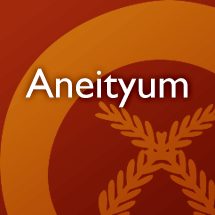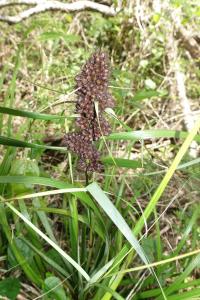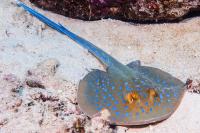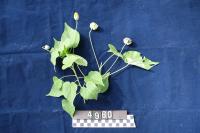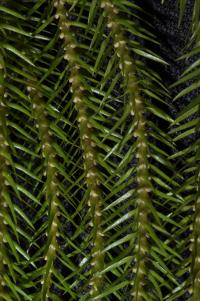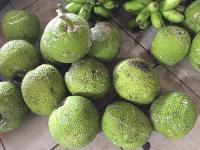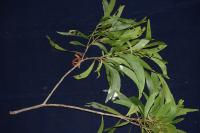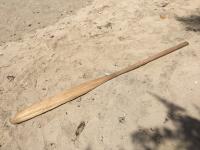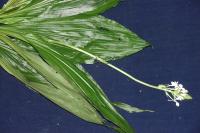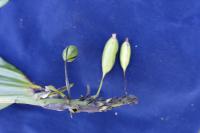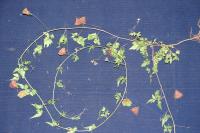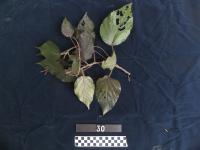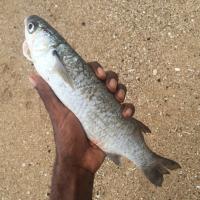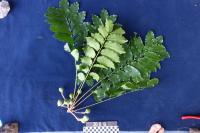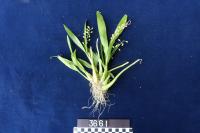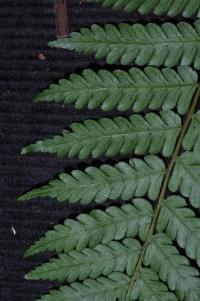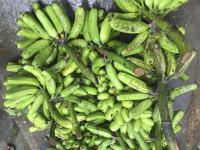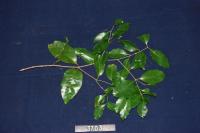An example search has returned 100 entries
aihon
v.
bookmarkelgai
v.n.
bookmarkhui asan
v.
bookmarkincanaij yohon
n.
bookmarkincipinti
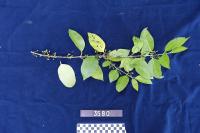
inmac
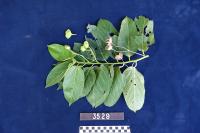
inmayinpak
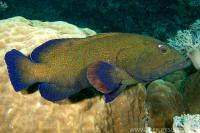
n.
Example: Photo by Andrew J. Green / Reef Life Survey, License: CC BY-A 3.0 via Fishes of Australia
bookmarkinmerinwai
n.
bookmarkinmouwat
inm̃okom

n.
Example: Photo by charlie20 / iNaturalist.org, License: CC BY-NC 3.0 via Fishes of Australia
bookmarkintal yag
n.
bookmarkintejed gal
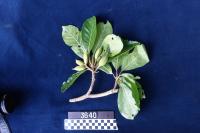
intinan nopoi
n.
bookmarkkaleteug
n.
bookmarklaknu
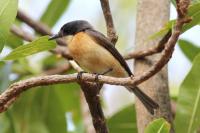
manfara
n.
bookmarkm̃orom̃ora
[ŋmoroŋmora] n.
bookmarknabou
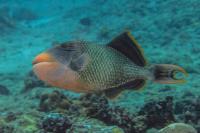
n.
Example: Photo by Mark Rosenstein / iNaturalist.org, License: CC BY-SA 3.0 via Fishes of Australia
bookmarknagai
n.
bookmarknagedauyag
n.
bookmarknaha
nahaijcai
n.
bookmarknahtaicai
n.
bookmarknahtau
n.
bookmarknaijema
n.
bookmarknalak mideuc
n.
bookmarknamlau
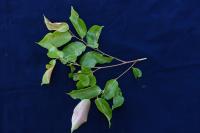
n.
Example: 1. The larger stems of this plant can be used to build houses, for rafters. 2. It is also a good source of firewood. 3. Ancestors, before go to chief’s canal and want to talk about a complicated issue – a person would cut a branch and bring it to the sea and tap the water surface and would say what he wants, ask that he would want that issue to be solved and that others would follow his ideas and then go back to the meeting place and take stick, keep wind at his back, moving stick in all directions and then he will convince the people of his ideas. This is done by the chief’s spokesman. Helps convince the opposition. Helps keep power in hands of parent(??) chief rather than subchiefs who might have other ideas.
bookmarknapod
n.
bookmarknapojev
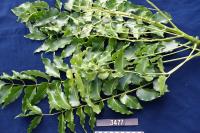
n.
Example: The leaves of this plant are used in cooking, particuarly with the earth oven. Use a fire to heat stones, then when the fire burns down and the stones are hot, pile these leaves on top of the hot stones and then place the food being cooked--taro, fish, pig, cassava, banana or other foods--on top of the leaves. Then pile more of these leaves on top of the food and then place additional hot stones on top of that pile of leaves. While the food is cooking--each type of food takes a different amount of time--the leaves give off a very nice smell and help flavor the food.
bookmarknapun nitai caig
n.
bookmarknap̃at
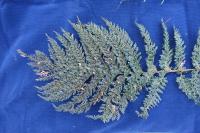
nared
n.
bookmarknau-hos
n.
Example: Used to build walls of local houses. The outer skin is stripped off, stems cut in half then smashed flat, the inside is stripped clean and woven into walls. The cut pieces of entire stems can be filled with food and used for cooking that food. Cover both ends with leaves and cook. If a person has skin that becomes infected, use sharpened stem as a local knife to remove the infected area of skin. Use as a local water pipe to move water from one place to another (nobol). Either split the stem in half or punch the nodes out throughout the entire tube and use as a pipe.
bookmarknefetgau
n.
bookmarknegaivaine
n.
bookmarknehio
n.
bookmarkneijin nij
n.
bookmarknelkap̃aeñ
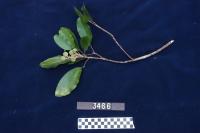
nelmai
n.
bookmarknepahas
n.
bookmarknerere
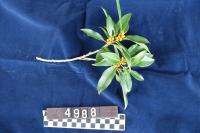
n.
Example: The young aerial roots are cut from the stems of the tree and used as a local rope, to tie things, help construct temporary shelters, as well as to make string for a hunting bow. Flying foxes like to eat this fruit so in the night when the fruit is mature hunters come by this tree to hunt flying foxes as well as hunting birds during the day. Hunters use bows and arrows for birds, and throwing sticks (natou) made from any plant to hunt flying foxes.
bookmarknevak
n.
bookmarknidiape
n.
bookmarkniditau
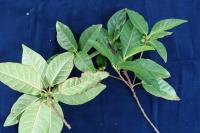
nijig an nepig
n.
bookmarknilbuthou
niseuc
n.
bookmarknispahos
n.
bookmarknohoanma
n.
bookmarknomotmot mese
n.
bookmarknopan
n.
bookmarknowanlas

n.
Example: Photo by Ian Shaw / iNaturalist.org, License: CC BY-NC 3.0 via Fishes of Australia
bookmarknuarin aridjai vaig
n.
bookmarknucsei
n.
bookmarknässa
unasuandan
upuhas
v.n.
bookmark